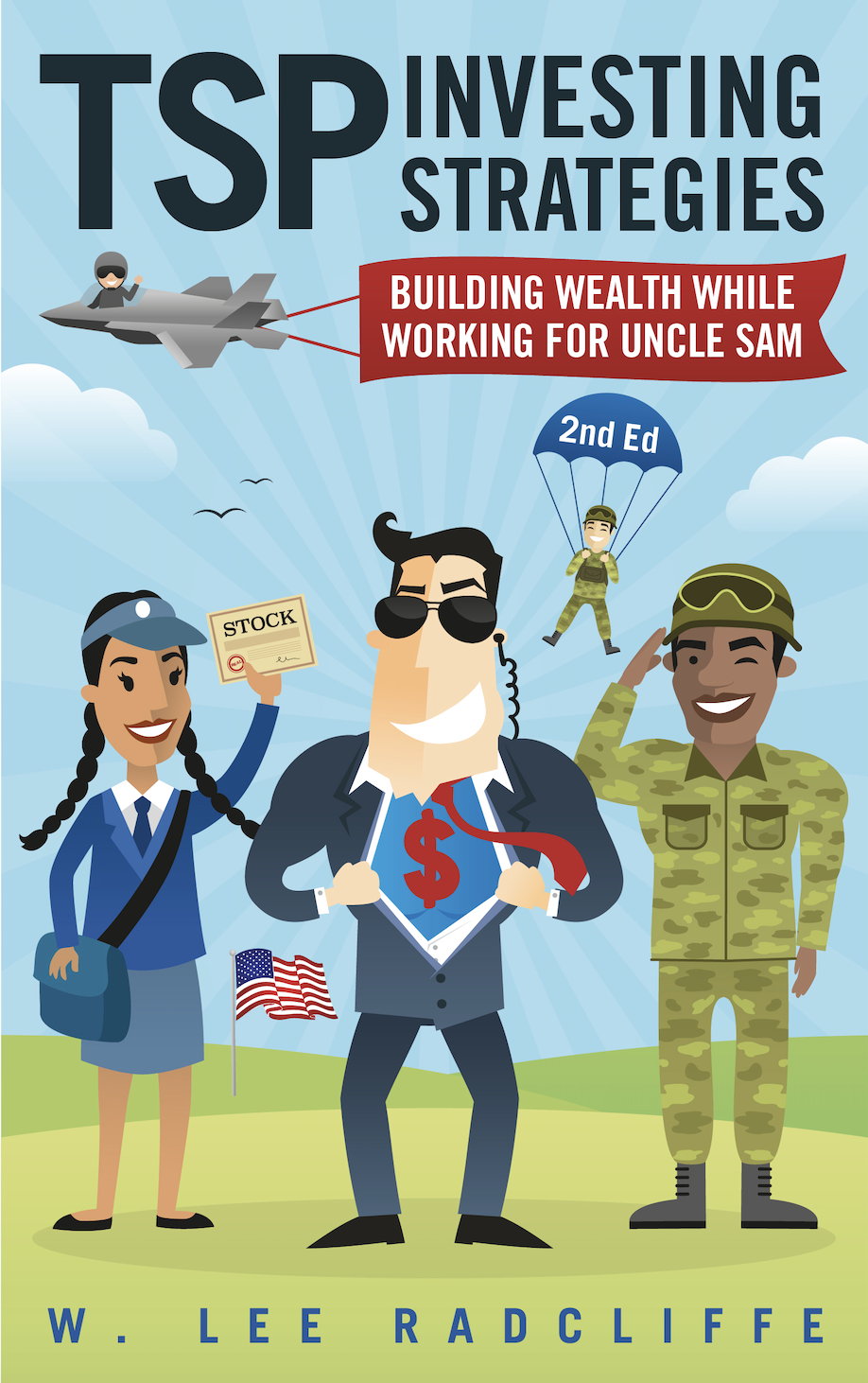Rising Dividends Lift All Boats
June 12, 2012
In a previous post I calculated the return of an investment of $1,000 yearly over the past 40 years. This would correspond to a person working from age 22 to 62, for example, or for those with foresight, a person investing from the age of 12 to 52 (parents, show this to your kids even if they will never pursue a career in government or in the military). And these are real, actual returns, not an “average” of the returns of a particular fund over any given time frame. While returns in the future might be less or might be more, the trend especially over the long term is up.
This is particularly true when dividends of a fund are reinvested to buy more shares of that fund. A huge factor in investing in the stocks of companies is the dividend yield, which I discussed in several past posts. As further illustration of the importance of reinvested dividends, a recent article showed the stark contrast in returns of $1,000 invested once in June 1927 – right before the Great Depression, no less – in one of four baskets of stocks. The article highlights a study by noted professors Eugene Fama and Kenneth French, together with Al Frank Asset Management, that found a huge disparity between a non-dividend-paying basket of stocks and a dividend-paying basket of stocks over the very long term. A one-time investment of $1,000 in non-dividend-paying companies grew to $800,000 by 2011, while $1,000 invested in the lowest-yielding companies grew to $1.3 million. Substantial amounts for one investment, certainly. But $1,000 invested in the middle-40% of dividend-paying companies grew to $4 million, and $1,000 invested in the top 30% of dividend-paying companies grew to a whopping $7.9 million.
The dividend yield of the C Fund, while not substantial, is now trending upward. I would put it in the middle of the pack. The dividend yield of the I Fund, meanwhile, is higher, which in my opinion portends well for the fund in the very long term despite the significant head-winds it is facing now in Europe and elsewhere.
Interestingly, despite the decent yields relative to other investment vehicles – particularly bonds – according to the article, “plain vanilla dividend payers haven’t attracted as much interest” as other more elaborate investing strategies. The title of the article is blunt, “Dividend Bubble Yet To Build,” because investors aren’t really paying attention to traditional dividend payers. Investors haven’t focused much on dividend-paying stocks, so the chances that there is a bubble in this asset class are low. Of course, dividend stocks decline along with other stocks in any market swoon, so they have greater risk than other savings options because of this. Over time, though, I think the evidence is strong that dividend payers do quite well in the long term, if you can stomach the ups and downs of the markets.
Indeed, the article provides an overview of Vanguard’s Dividend Appreciation Index fund, in which I invest as part of Strategy V in TSP Investing Strategies. There are many other investments that would fit well in Strategy V, but in this way, I am able to enjoy the benefits of investing in the TSP while also investing in alternative funds such as one that focuses solely on dividend-paying companies.
Related topics: c-fund